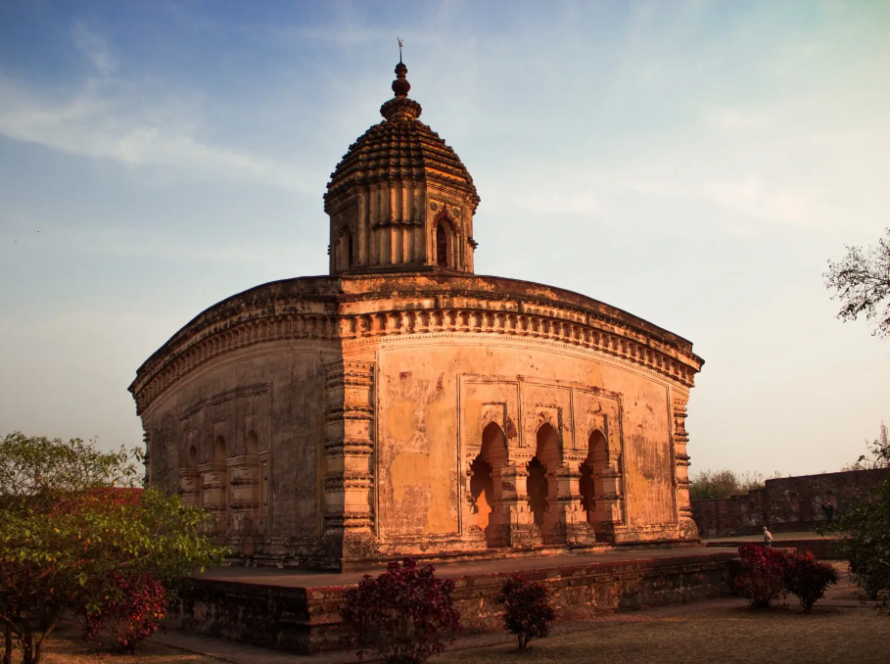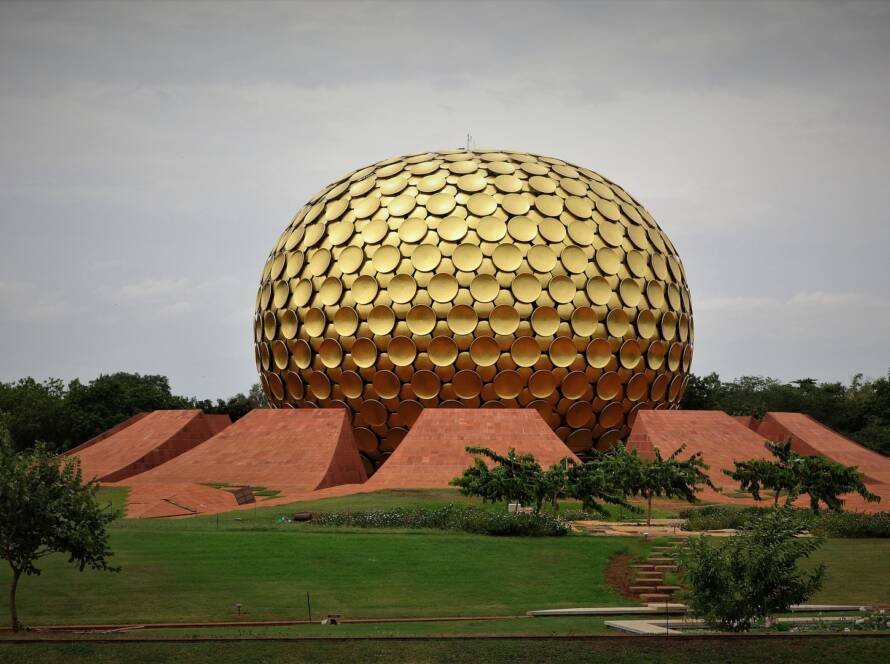Tucked away in the quiet village of Abhaneri, Rajasthan, lies a masterpiece so unexpected, it takes your breath away—not with height, but with depth. This is Chand Baori—a 13-storey descent into both the practical genius and spiritual vision of ancient India. At first glance, it looks like a portal to another realm: a symmetrical cascade of over 3,500 precisely carved steps, forming a hypnotic geometric tapestry that spirals deep into the earth.
This isn’t just a stepwell. It’s a wonder—crafted over a thousand years ago—not merely to store water, but to honor it. Built during the 8th–9th century CE under King Chand of the Nikumbha dynasty, Chand Baori stands today as one of the deepest and most stunning stepwells in the world.
The genius of Chand Baori lies not in opulence, but in pure functionality dressed in architectural poetry. The zigzagging steps descend in perfect symmetry on three sides, leading to a cool, shaded pool of water that remains naturally chilled—even during Rajasthan’s unforgiving summers.
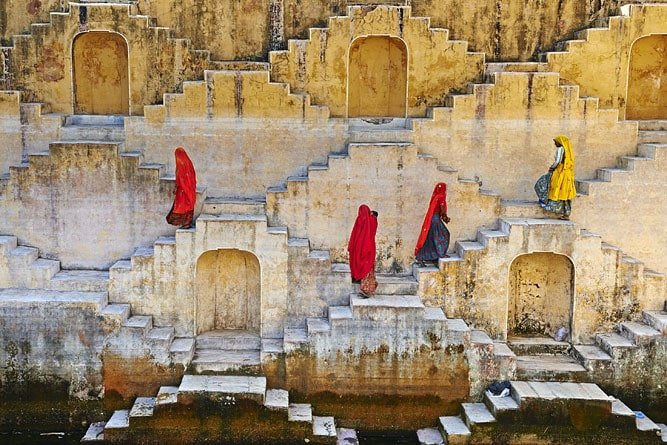
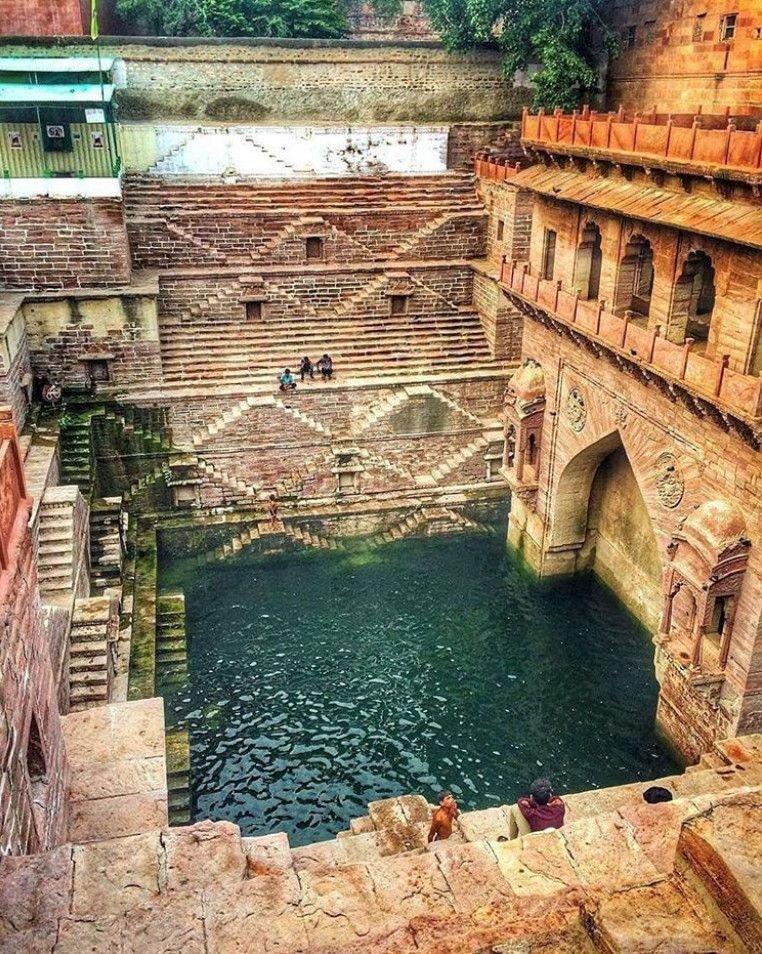
But this amazingly beautiful design did more than impress the eye—it served a vital purpose. The depth preserved water during dry spells. The shaded walls reduced evaporation. And the steps made it accessible to all, regardless of season. Long before sustainability became a modern buzzword, Chand Baori embodied it in stone.
Just beside the baori stands the Harshat Mata Temple, dedicated to the goddess of happiness. In the ancient Indian worldview, water was never just a utility—it was sacred. Stepwells like Chand Baori were not only marvels of hydrological design, they were spaces of ritual, reflection, and community.
Worshippers would descend the steps to cleanse themselves before prayer. Travelers would pause here to rest and reflect. Villagers would gather at the edge to share stories, conduct ceremonies, or simply seek relief from the desert sun. In essence, Chand Baori was where the divine met the everyday, and where architecture became experience.
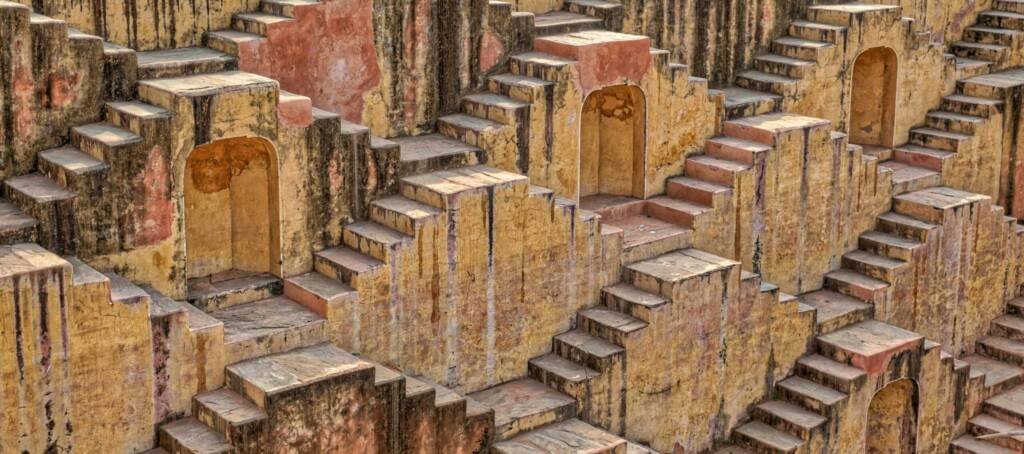
Cultural Significance and Legacy
Engineered with astonishing foresight, Chand Baori showcases the mathematical mastery and scientific understanding of ancient Indian artisans. Built without cement or modern tools, its enduring symmetry has withstood centuries of weathering, earthquakes, and use—an awe-inspiring example of design meeting durability.
Each angle, each step, and every stone was placed with purpose. The structure reflects not only a grasp of geometry and hydrodynamics, but a deep understanding of how humans interact with space, shade, and water.
In our fast-paced world of concrete cities and water shortages, Chand Baori speaks to us with quiet wisdom. It reminds us that the best designs are those that serve both function and soul. It invites us to relearn how to live in harmony with nature, with our communities, and with the rhythms of the earth.
This ancient stepwell is not just an architectural marvel—it is a meditation in stone, a celebration of elemental respect, and a beacon of sustainable thinking from a civilization that understood how deeply water flows through culture.
To descend into Chand Baori is not just to step into the past—it is to witness timeless intelligence, carved into the very heart of the earth.

